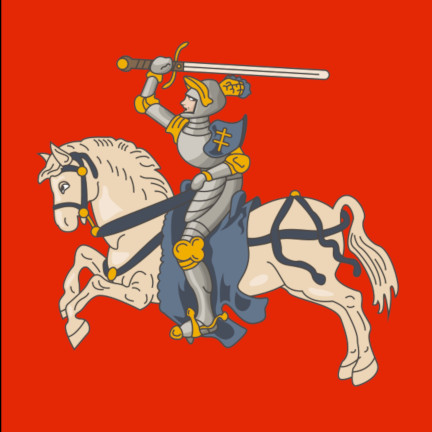Soviet–Lithuanian Mutual Assistance Treaty
10/10/1939 AD treaty with
Bilateral treaty in which Lithuania would acquire about one fifth of the Vilnius Region, including Lithuania's historical capital, Vilnius, and in exchange would allow five Soviet military bases with 20,000 troops to be established across Lithuania.
In essence the treaty with Lithuania was very similar to the recent treaties that the Soviet Union signed with Estonia and Latvia. According to official Soviet sources, the Soviet military was strengthening the defenses of a weak nation against possible attacks by Nazi Germany.
The treaty provided that Lithuania's sovereignty would not be affected. However, in reality the treaty opened the door for the first Soviet occupation of Lithuania and was described by The New York Times as "virtual sacrifice of independence.
Lithuanian Minister of Foreign Affairs Juozas Urbšys arrived to Moscow on October 3 for the negotiations. During the meeting Joseph Stalin personally informed Urbšys about the Soviet–German secret protocols and showed maps of the spheres of influence. He demanded that Lithuania signed three separate treaties, according to which:
- military bases would be established and up to 50,000 Soviet soldiers would be stationed in Lithuania (the original mutual assistance pact);
- Lithuanian territory west of the Šešupė River would be ceded to the Nazi Germany (as agreed between Germany and Soviet Union in the Boundary and Friendship Treaty);
- one portion of the Vilnius Region would be attached to Lithuania.
Urbšys' protested the Soviet bases arguing that it would mean virtual occupation of Lithuania. Soviets argued that their army would protect Lithuania from possible attacks from Nazi Germany and that a similar treaty was already signed with Estonia. Urbšys argued that Lithuania's neutrality was enough to guarantee its security and proposed to strengthen Lithuanian army
Urbšys returned to Lithuania to consult the government. President Antanas Smetona doubted that it was worth gaining Vilnius for such a price and debated whether the negotiations could be broken off.
Bizauskas argued that refusing the treaty would not prevent Soviet Union from implementing its plan. The Soviet Union had already threatened Estonia with force in the case it refused their mutual assistance treaty and was gathering forces in Vilnius Region in the east and in Latvia in the north.
In such light, the government decided to demand as much territory as possible. However, when the delegation returned to Moscow, it found the atmosphere changed. Soviets were inflexible, refused further negotiations, and intimidated the delegation to sign the treaty. They presented a new draft, which combined the mutual assistance pact and transfer of Vilnius into one agreement. The Lithuanian delegation had little choice but to sign the proposed treaty.
Lattitude: 55.7558° N
Longitude: 37.6172° E
Region: Russia and Eastern Bloc

Modern Day Russia
Subjects Who or What treaty with?
-
Soviet Union (USSR) The Union of Soviet ...
Objects To Whom or What was treaty with?
-
Lithuania Nation
Events in 1939 MORE











